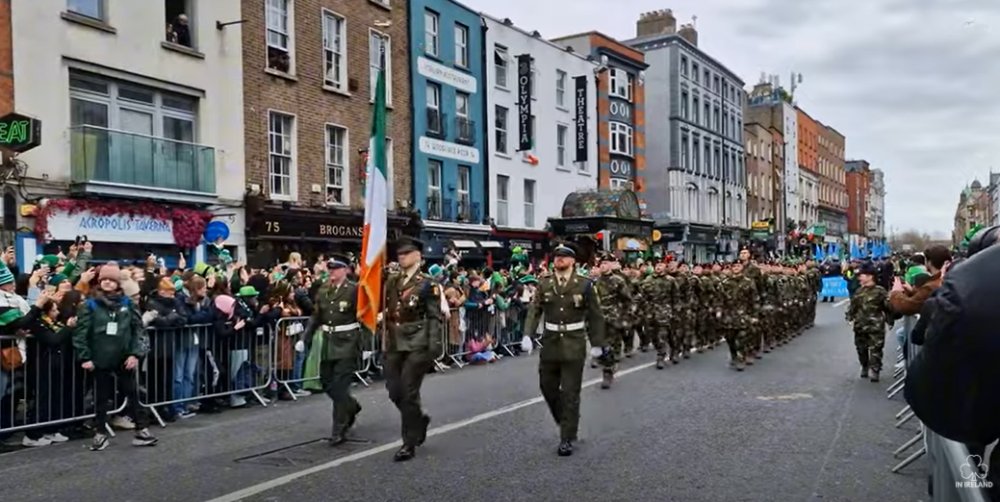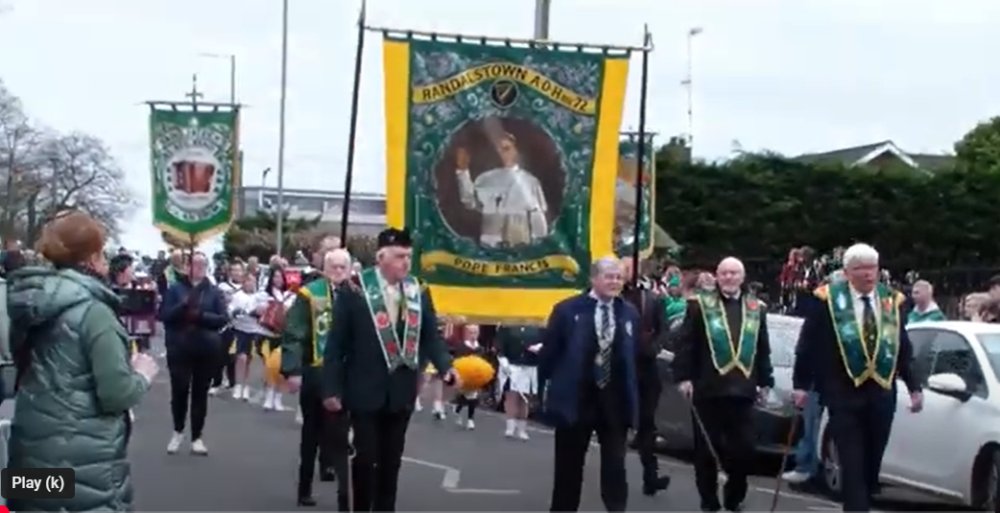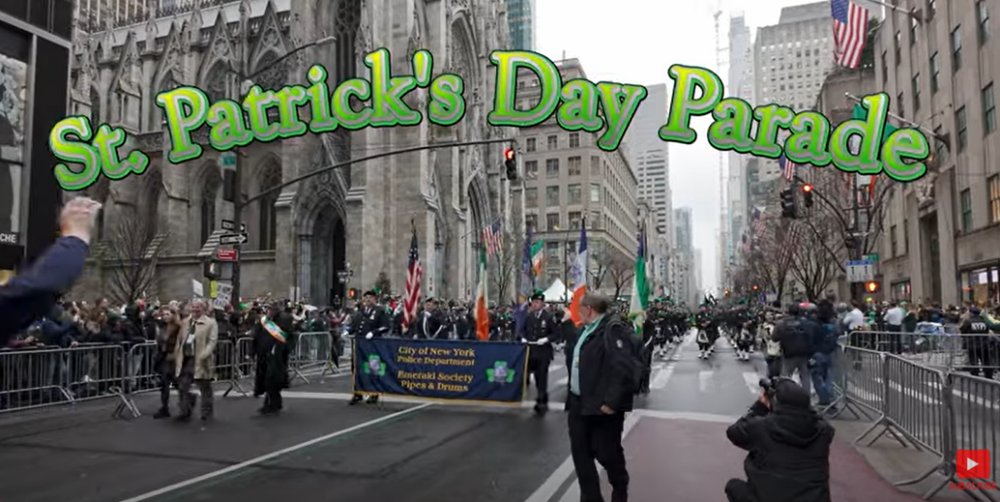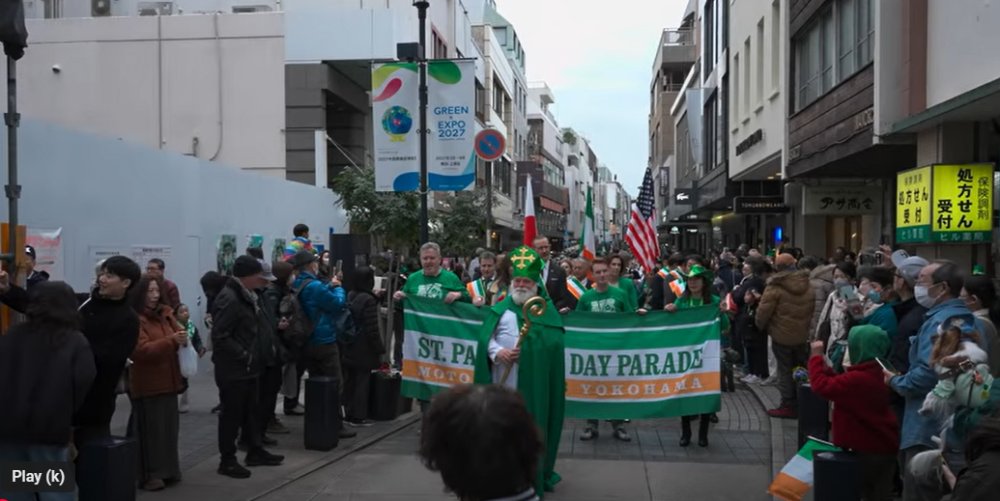Saint Patrick - The Apostle of Ireland
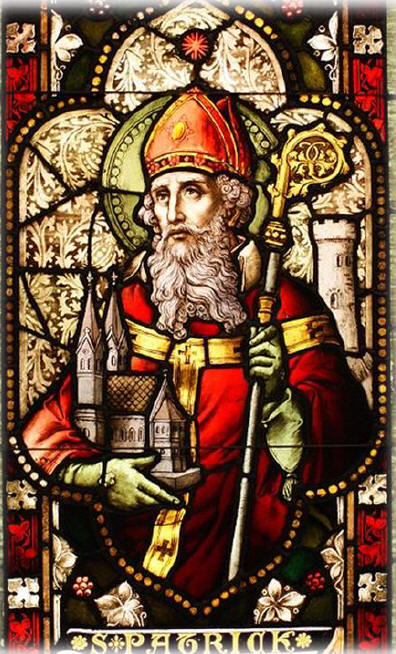
Who was St. Patrick? Why should we care about him today?
RESPONSE: St. Patrick is the Patron Saint of Ireland and known
for his efforts to evangelize and convert the pagan Irish of his time.
In more recent times, his sanctity is less known. The feast day of St.
Patrick, March 17, has become more of a secular holiday than a
remembrance of St. Patrick’s life and holiness. Despite the
secularization of his feast, St. Patrick provides an example of the
need for personal renewal, evangelical love, Christian courage and
total devotion to God. His feast should be claimed by all Catholics as
a memorial of his life, and his life example should be used to claim
the world for Christ.
DISCUSSION: For those who claim no Irish heritage or devotion to
the saints, all the fuss about St. Patrick’s feast day must seem hard to
comprehend. After all, most people don’t know when the saint lived
or what he did to become so famous. Some may have the vague
notion that he brought Christianity to Ireland and had something to
do with ridding Ireland of snakes. Even if they know this much about
him, they have a hard time understanding the significance of all this
for people today. When we know who he was, what he did, and the
effect of his life on the Church and world, it humbles us and we
recognize a call to greater fervour
in our faith. Most importantly, his example shows us what can happen
when we faithfully follow
God and fearlessly proclaim Jesus the Christ, regardless of the cost.
After all, as christians, we are
called to do nothing less
(cf., Mt 28:18; James 5:20; Jude 22; and 1 Tim 4:16).
St. Patrick’s Early Life
Patrick was born in Roman Britain at the end of
the Fourth Century
in what is now known as
Scotland. His father was a deacon and his grandfather a priest. The
family belonged to Roman
citizenry. His father was a civil magistrate and tax collector for the
Roman Empire. As a result of
his background, Patrick was not only a nobleman and citizen of the
Empire, but also baptized and
raised Catholic. Despite his upbringing, he “did not recognize the True
God” and “did not follow
His commands.” In the words of St. Patrick, “That was why I was taken as
a captive to Ireland,
along with many thousands of others with me.”
While staying at a holiday villa outside his hometown of Bannaventa
Berniae, Patrick was
captured by pirates. He was 16 years old at the time. The pirates took
him to the pagan land of
Ireland and sold him as a slave to Chief Milchu. For six years, he
toiled as a shepherd. It was
there, in Ireland as a slave that Patrick found consolation in his
faith. As he wrote:
And there also “the Lord opened my senses to my unbelief,” so that,
though late in the day, I
might remember my many sins; and accordingly “I might turn to the Lord
my god with all my
heart,” Who “has looked upon my lowliness’ and kept safe watch over me
before ever I
knew Him, yes, even before I had wit enough to tell good from5 evil.
During his captivity, Patrick learned to pray. He spent entire days and
nights in prayer. Having
only God as his companion, he learned to fear nothing. After six years
of slavery, an angel spoke to
him in a dream and told him it was God’s will for him to escape. The
angel showed him the route to
freedom.
After returning home, Patrick could have lived the rest of his days
enjoying the leisurely life of a
middle- class nobleman. However, God had other plans. In a dream,
Patrick was summoned back
to Ireland to bring knowledge of the True God to his captors. As Patrick
wrote,
“I had a vision in my dreams” of a man who seemed to come from Ireland:
his name was
Victoricius and he carried countless letters, one of which he handed
over to me. I read aloud
where it began: “The Voice of the Irish.” And as I read these words I
seemed to hear the
voice of the same men who lived beside the forest of Foclut, which lies
near the Western Sea
where the sun sets. They seemed to shout aloud to me “as if with one and
the same voice”:
“Holy broth of a boy, we beg you, come back and walk once more among
us.”
Before returning to Ireland, Patrick recognized a call to become a
priest. Making him Bishop of
Ireland, Pope St. Celestine I sent him to evangelize the land of his
captivity, o the barbaric Irish
could know Christ.
Patrick Returns to Ireland as Bishop
Returning to Ireland, Patrick first went to Tara, the sacred home of
Irish Celtic paganism. He was
met by the druids and chieftains who had the intent to kill him and his
companions. He narrowly
escaped and set about finding more friendly territory to spread the good
news of redemption.
As his popularity grew and more people received baptism, the druids and
chiefs grew more
determined to kill him.
The situation came to a head on the eve of March 26, 433—Easter Sunday.
That night the ArdRigh (supreme monarch) at Tara decreed that in honour
of the Celtic gods of darkness, people
should extinguish all fires until a signal was given from the royal
palace. St. Patrick arrived at the
hill of Slane, at the opposite end of the valley from Tara on Easter
Eve. On the summit of that hill,
he kindled the Paschal fire. The druids at once raised their voices to
the king begging permission to
extinguish it. They made repeated attempts to douse the blessed fire and
to punish St. Patrick.
Despite their efforts, they could not extinguish the holy fire. The
saint, shielded by Divine
Providence, came away unscathed.
The next day, preceded by a disciple carrying the Gospels aloft, Bishop
Patrick walked in
procession to Tara. There the druids used their incantations in an
attempt to maintain their sway
over the Irish people. They covered the hill and surrounding plain with
a cloud of darkness. Patrick
prayed to Christ, and the sun sent forth its rays, causing the brightest
sunshine to light the entire
island. Unwilling to admit defeat, the arch-druid Lochru used his
demonic power to lift himself
high into the air. Patrick again knelt in prayer, and the old druid fell
from the sky and was dashed
against a rock. Following these miracles, the Ard-Righ gave his consent
for Patrick to preach the
Gospel of Jesus Christ across the island. Immediately, people came to
St. Patrick in droves. The
country began its conversion to Christianity.
During his mission in Ireland, St. Patrick consecrated no fewer than 350
bishops. When not
engaged in preaching or saying Mass, he spent his entire time in prayer
and fasting. He practiced
many austere penances such as wearing a hair shirt. His bed was a slab
of rock. Royalty would
fling precious ornaments at his feet out of respect, and he would return
them saying, “I come not
for earthly wealth, but to see all of Ireland graced with the spiritual
wealth of the Catholic faith.”
Miracles and Stories of Old
Patrick went to Magh-Slecht where there was a huge pillar devoted to the
Gaelic god Crom-Cruach. This pillar was covered in slabs of gold and
silver and
surrounded by 12 minor idols. Taking his crosier, Patrick struck the
idol and it
crumbled to dust.
Early one morning, while near a royal palace, St. Patrick and his
companions
were singing praises to God near the fountain of Clebach. Ethne and
Fedelm, the
daughters of the local chieftain, came upon them wishing to bathe in the
waters.
“Who are ye, and whence do ye come? Are ye phantoms, or fairies, or
friendly
mortals?” they asked. St. Patrick answered, “It would be better for you
to adore and worship the
one true God, whom we announce to you, than that you would satisfy your
curiosity by such vain
questions.”
Ethne began to ask, “Who is God, and where is He? Where is His dwelling?
Has He sons and
daughters? Is He rich in silver and gold? Is He everlasting and
beautiful? Are His daughters dear
and lovely to the men of this world? Is He on the heavens or on earth,
in the seas, in rivers, in
mountains, in valleys? Make Him known to us. How is He to be seen? How
is He to be loved?
How is He to be found? Is it in youth or in old age?”
Filled with the Holy Spirit, St. Patrick said,
God, whom we announce to you, is the ruler of all things. He is the God
of heaven and earth,
of the sea and the rivers, of the sun and the moon, and all the stars.
He is the God of the
high mountains and of the low-lying valleys. He is above heaven, and in
heaven, and under
heaven. His dwelling is in heaven and on earth and the sea and all
therein. He gives breath
to all. He gives life to all. He is over all. He upholds all. He makes
the sun shine and gives
the moon its splendour. He makes overflowing wells in dry lands and
islands in the ocean. He
has appointed the stars to serve the greater lights. His Son is
co-eternal and co-equal with
Himself, and the Father is not older than the Son. The Holy Spirit
proceeds from Them; the
Three are undivided.
After hearing this, the women immediately desired baptism. They made a
profession of faith,
were clad in white, received baptism and attended their first Mass.
Once, in obedience to his guardian angel, St. Patrick made a spiritual
retreat of 40 days to the
highest mountain in Ireland, now called Croagh Patrick. While praying
there, the demons who
inspired Celtic paganism set upon the saint to tempt him. They gathered
around the mountain in the
form of vast flocks of hideous birds of prey. So dense were their ranks
that Patrick could see
neither sea nor earth. He begged God to send them away, but God seemed
to ignore his prayers and
his tears. Finally, he rang the bells he used to announce his preaching
of the Divine truths and the
demons began to scatter. Some cast themselves into the ocean. According
to some biographers, St.
Patrick’s defeat over Satan was so complete that “for seven years no
evil thing was to be found in
Ireland.”
During his retreat, St. Patrick begged God to grant him a number of
petitions. Among these was
the request that seven years before Judgment Day, the sea would spread
over Ireland to save its
people from the temptations and the terrors of the Antichrist. He
resolved not to come down from
the mountain until his prayers were answered. At the end of the 40 days
on the mountain,
according to legend, God granted his requests.
On March 17, 460, St. Patrick went to his eternal reward. For several
days, the light of heaven
shone around his funeral bier. Irish devotion to this blessed man sprang
up immediately.
Conclusion
This saint, who accomplished so much in his lifetime, accomplished so
much more after his death.
During the darkest days of English oppression, the Irish felt confident
in requesting the prayers of
the former slave St. Patrick. They knew they had someone interceding for
them who understood
their plight. When they came to the United States or went to other
foreign lands and faced
tremendous prejudice and discrimination, they continued asking for St.
Patrick’s intercession. In
time, the Irish organized parades to honour him in the larger cities
such as Boston, New York, and
Philadelphia. These celebrations spread west as the country grew. By the
late 19th century, March
17 became the day when everyone is Irish, wears green and eats corned
beef and cabbage.
In St. Patrick’s life, we see an example for our own. Though he was born
into privilege, he spent
many years living as a slave. Where others might have cursed God for
this fate, Patrick took an
objectively evil situation and sanctified it through Christ. Eventually,
he won not only physical
freedom from the bonds of slavery, but spiritual freedom from the bonds
of sin. Recognizing the
obligation this put him under; he took the message of Jesus Christ and
evangelized a nation. This
nation took the Christian life to heart and helped change the course of
Western history. Let us
renew our commitment to the Lord by resolving to perfectly imitate St.
Patrick’s example.
The Saint Patrick Centre Downpatrick
Saint Patrick - Catholic News Agency
Saint Patrick - LoyolaPress
The Bell of Saint Patrick - Library Ireland
Saint Patrick's Bell - National Museum of Ireland
Saint Patrick's Bell Mayogall
Saint Patrick's Bell - Ancient Origins
Lough Derg - St Patrick's Purgatory
Click here to return to Parish News page














